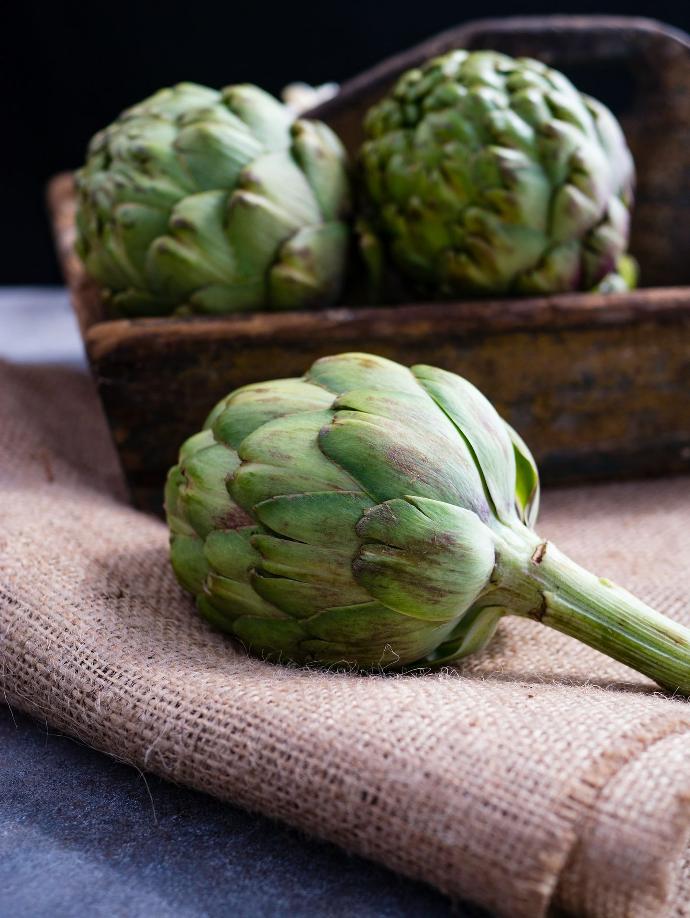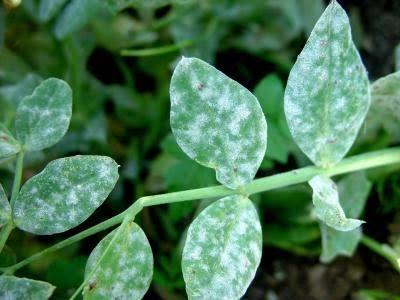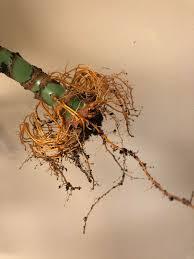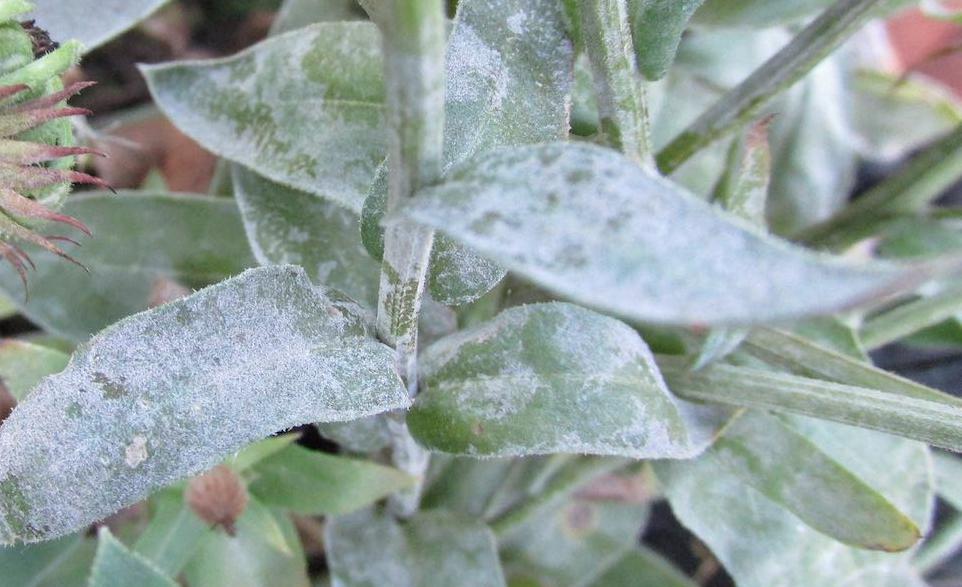Crosne Plant
Crosne, a perennial, prefers well-drained, sandy-loam soil and partial shade to full sun. It's frost-tolerant and has moderate growth.
Habit
Perennial
Height
30 to 60 cm
Growth
Moderate
Soil
Well-drained, loamy, sandy
Shade
Partial Shade to Full Sun
Moisture
Moist
Edible
Yes
Medicinal
Yes
Origin
China
Climatic Condition
Temperate, cool
Temperature (°)
10 to 20
Humidity (%)
60 to 80
Potting media
Loamy soil mix
Fertilizers
Phosphorus-rich
Watering
Keep moist
Plant Weight
200 to 300 g
Flowering Time
Fall to Early Winter
Soil Ph level
6.0 to 7.5
Water Ph level
6.5 to 7.0
Soil EC
0.4 to 1.2
Yield Per Plant
2 to 3 kg per plant
NPK ratio
10:10:10
life Span
Perennial
Health Benefits
Edible root vegetable, high in antioxidants, supports digestive health.
Suggested Grow Media or Potting Mix ?
50% loamy soil, 30% compost, 20% sand
Suggested Fertigation/Fertilizers
Fertilize every 2 weeks with a balanced fertilizer.
Common Diseases and Remedies
Powdery Mildew,Root Rot..
white, powdery coating ,decay of the root system.
baking soda,neem oil.
HEALTH BENEFITS
This edible tuber, also called Chinese artichoke, is rich in fiber, antioxidants, and prebiotics, supporting gut health and digestion. It may also help regulate blood sugar and improve immunity.
What Is An Crosne Tree?
Stachys affinis is a perennial plant of the Lamiaceae family. Also known as Chinese artichoke, Japanese artichoke, Japanese knotweed, artichoke betony, and chorogi. Crosne plants grow at a moderate rate and produce 5 to 12 or more tubers per plant. They should be 12 to 18 inches tall and 10 to 14 inches apart. It is ready to fruit a year after planting and does not require pollination.

What Are The Different Types Of crosne Plants?
1. Chinese artichoke
Chinese artichokes, also known as chorogi, betony or crosne... are an unusual, gnarled-looking winter vegetable that are also surprisingly .
2. Japanese artichoke,
It is a hardy perennial with pairs of roughly hairy, faintly aromatic leaves and, in late summer, heads of small, reddish pink, typically '
3. knot root
Stachys affinis, commonly called crosne, Chinese artichoke, Japanese artichoke, knotroot, or artichoke betony, is a perennial herbaceous plant of the family ..
4. Chorogi
The word chorogi means “longevity” and is considered to be a sign of good luck. Crosnes can be described as appearing similar to a small grub or misshapen

How to care for Crosne Plants ?
1. Location
The location should be full sun, nutrient-rich, well-drained, slightly acidic to neutral soil with a pH of 6.6 to 7.0.
2. sunlight
Crosne plants prefer full sun, but can also grow in light shade. In hot climates, afternoon shade may be advantageous.
3. Hydration
Water the crossnet plant adequately to keep the soil moist but not wet or waterlogged.
4. soil
Crosne plants grow best in well-drained, slightly acidic to neutral soils with a pH of 6.6 to 7.0. The soil should be nutritious, light and moist, but not soggy. You can loosen the soil and add compost before planting.
5. Nutrition
Phosphorus – Helps new grass roots grow deep and strong.
Urea – A nitrogen-rich fertilizer that helps plants grow faster and larger. It works by adding nitrogen to the soil.
6.Issues
Drought: Crosne plants are sensitive to drought and can die if they don't have enough water.
Nutrient deficiencies: Nutrient deficiencies can be treated with soil amendments such as organic matter.
In traditional Chinese medicine, both the plant and its tubers are used to treat cold symptoms. The word "eldest tree" means "long life" and is considered a symbol of good luck.
FAQs About Growing Crosne
1.How do you store Crosne?
Select firm specimens with no black or mushy spots, then store them in a paper bag in your refrigerator's crisper drawer where they'll keep for months.
2.What do crosnes taste like?
Similar to a Jerusalem artichoke in taste. Crosnes offer a vague, nutty sweetness and juiciness.
3.Can you eat crosnes raw?
You can eat either raw in salads, lightly fried in butter or stir-fried in Chinese-style dishes.
4.How do you harvest Crosnes?
Harvest crosne tubers as needed only after the foliage dies back in late October or November. Use a garden fork for digging to minimize tuber damage.
5.What is the crosne plants height?
Crosne plants grow to be 12-18 inches tall


